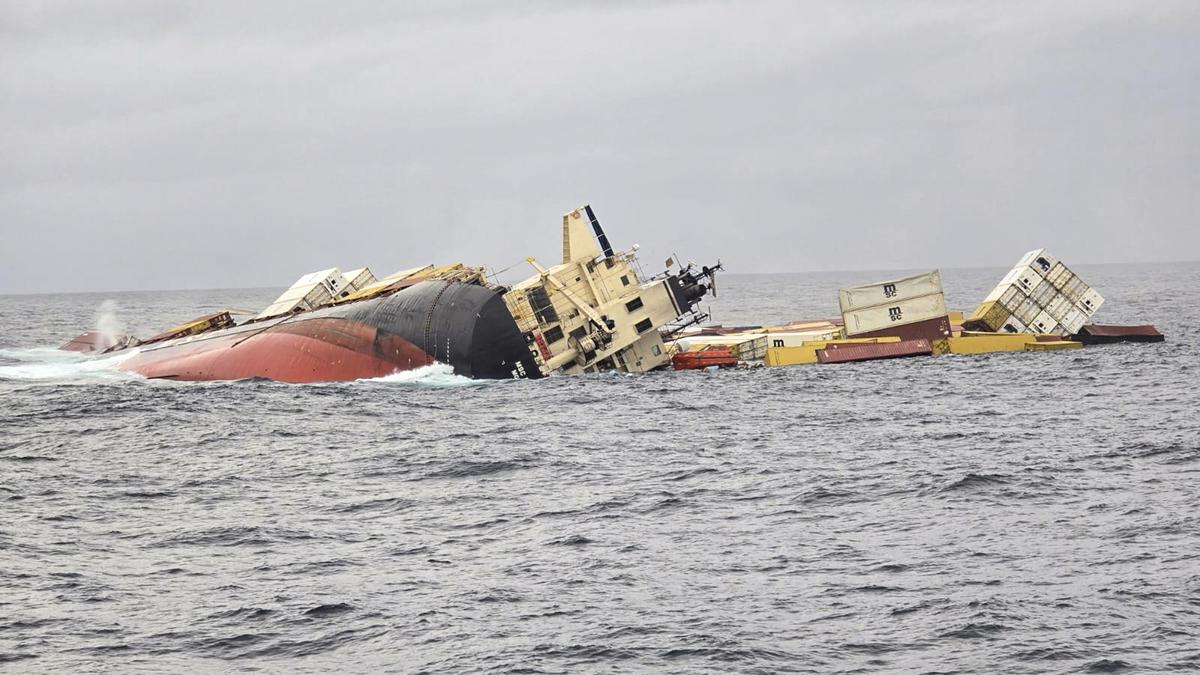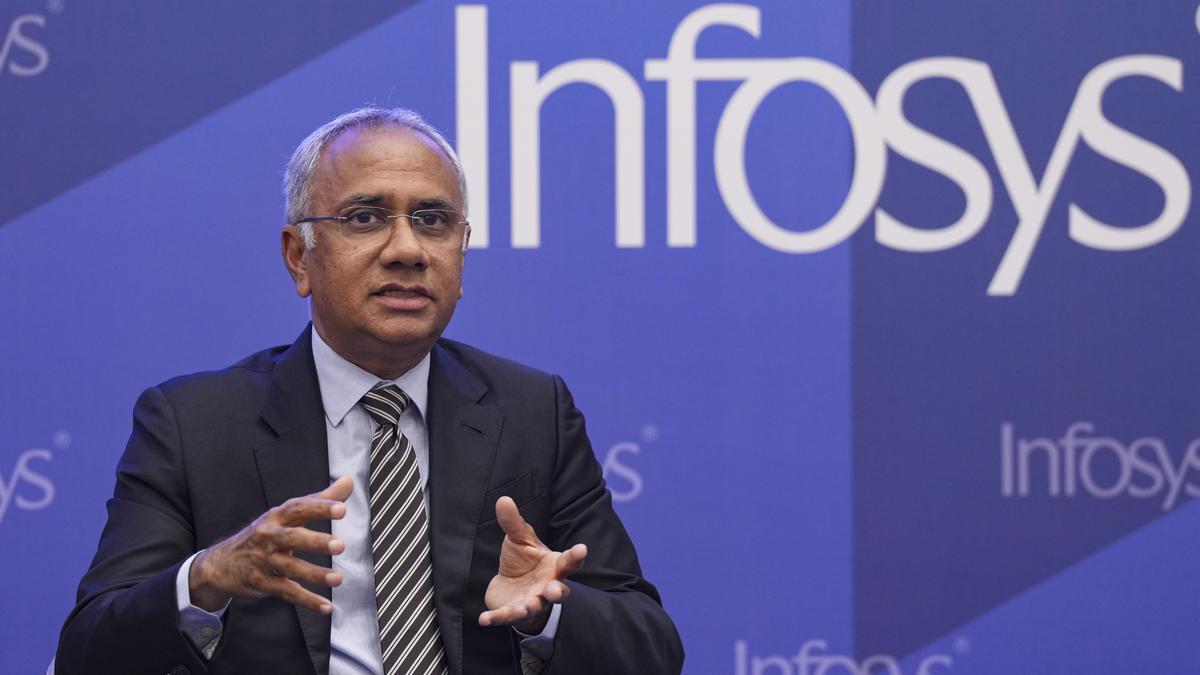Palm Leaf Manuscripts Museum to come up in capital in Sept.
Palm Leaf Manuscripts Museum to come up in capital in Sept.
Aligned to the West Fort area of the capital remains in stately reserve a nondescript mansion that has all the bearing of a monument of tradition. Much like a veteran who doesn’t need to flaunt his worth.
Inside it, there are the remnants of a 400-year-old magnificence albeit dimmed by time. The space once enclosed Travancore’s first prison complex from the time the legendary Kerala Varma was kept in confinement here till 1862, when the Central Prison at Poojappura was set up. It was also here some other high-profile prisoners were housed, the fabled Kayamkulam Kochunni being one of them.
Come September, this building, which now holds the regional office of the State Archives department, will make another mark in time, being probably the country’s first palm leaf manuscript museum.
Vast reserve
Travancore’s vast reserve of manuscripts is still being housed here, but soon, representative ones will be handpicked to take those interested on a soothing time travel through the State’s bygone days.
Kerala Museum, the nodal agency that is helping the Archives department put together the museum, plans to use the venture for the unique aim of “telling the story of Kerala through manuscripts,” says Chandran Pillai, Executive Director of Kerala Museum.
Seven researchers have worked through four years to select manuscripts for the project, which is estimated at ₹2.5 crore. The work on the museum was exhaustive, considering that Kerala has the largest stock of manuscripts in the world, estimated at around one crore. “Deciphering them is an ongoing process. We are constantly in the pursuit of conserving these records that could hold even jurisdictional value,” says J. Rejikumar, State Archives Director.
Need for research
The need for research into the manuscripts is expected to get a stronger boost with the project kicking off. Mr. Pillai says the museum will facilitate a deeper study into manuscripts than just a peek into the past. The display will open with an introductory session and later branch into three sections — Travancore, Kochi, and Kozhikode — with each having sub-sections pertaining to different facets of social life.
The idea for the museum was mooted about seven years ago but the work on it began in full wing only in 2017. It was supposed to be finished last year but the pandemic onslaught slowed work both on the research as well as the renovation of the building that required a lot of maintenance. The first floor of the museum would have galleries and the second floor would exclusively be for history enthusiasts who want more than just the comfort of nostalgia that the museum hopes to create alongside awareness.





